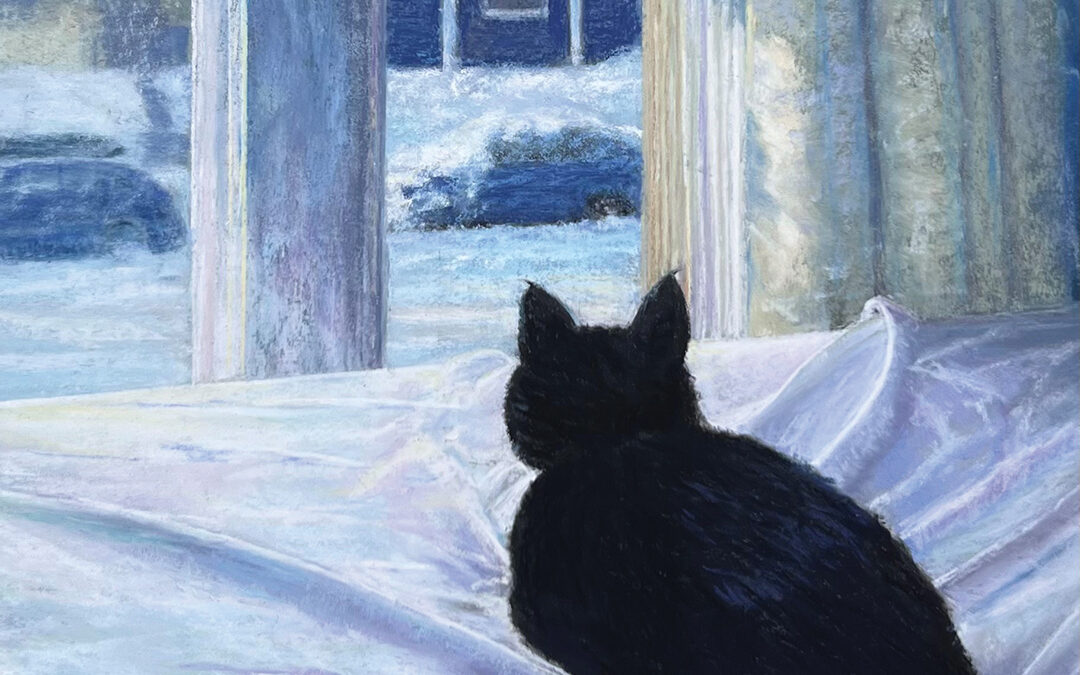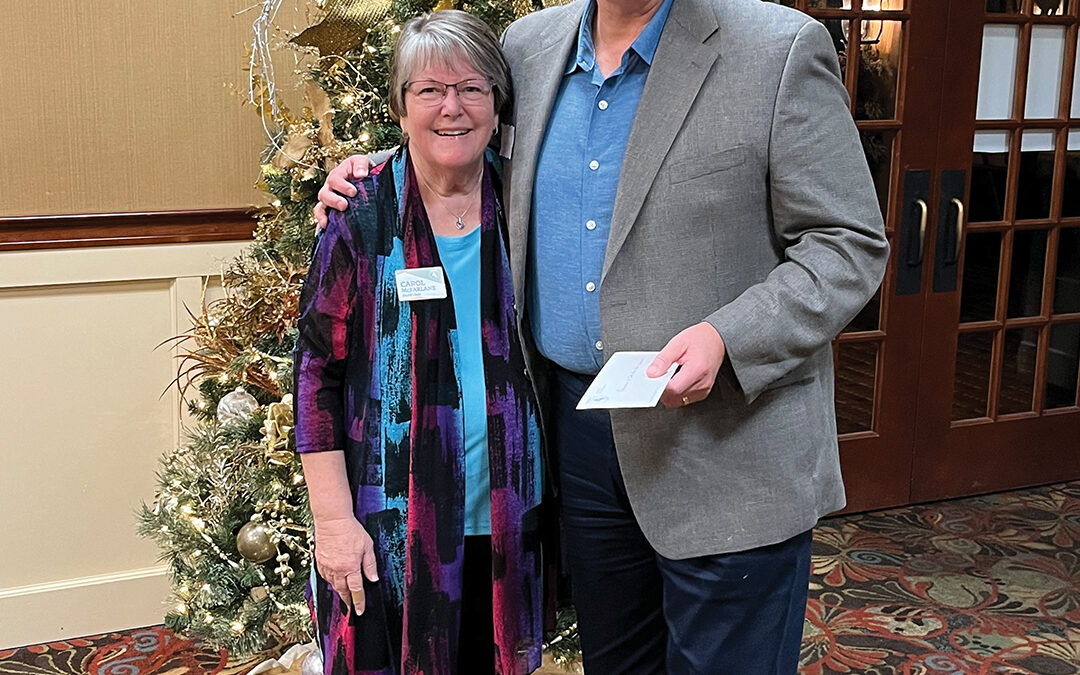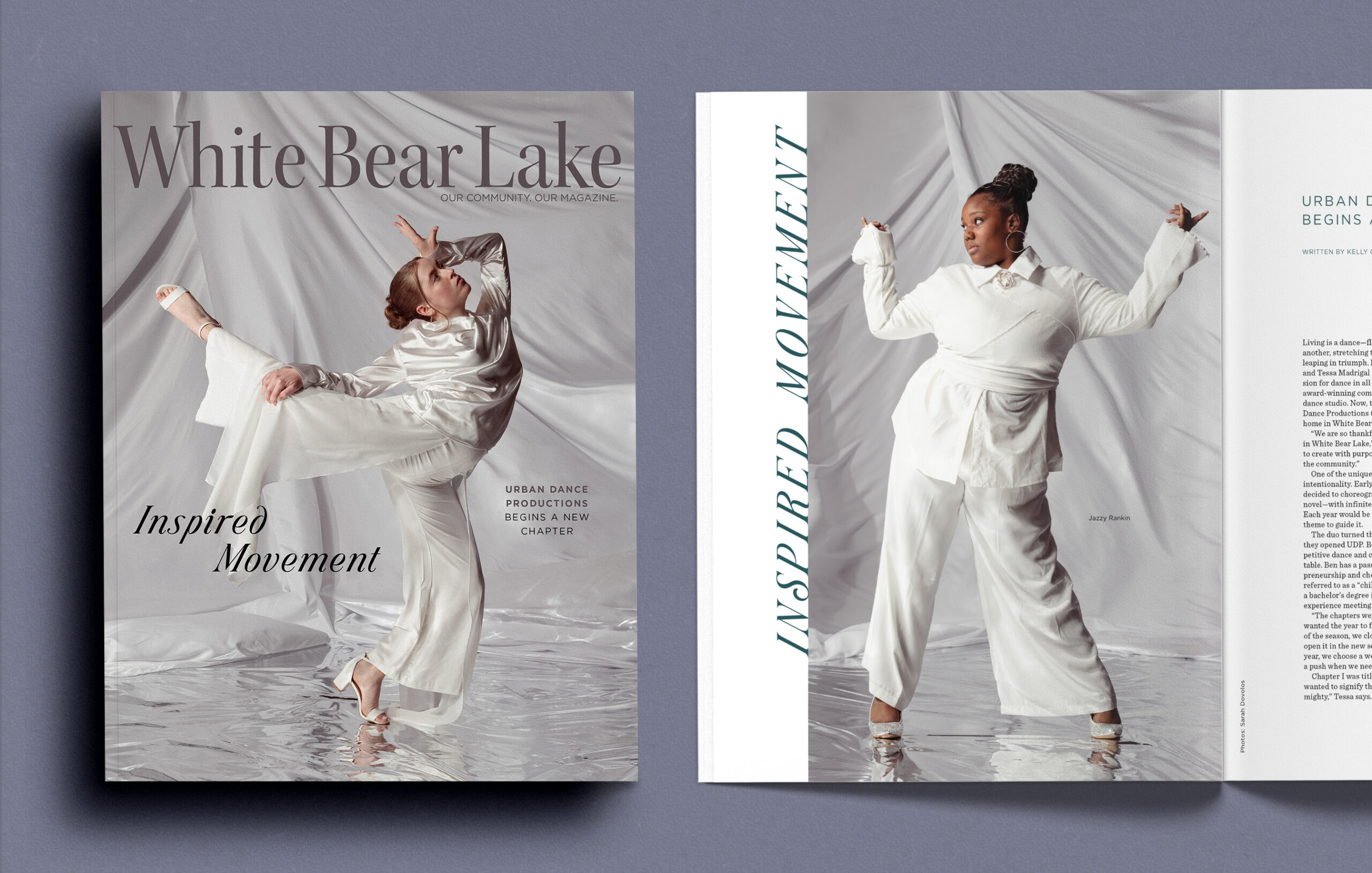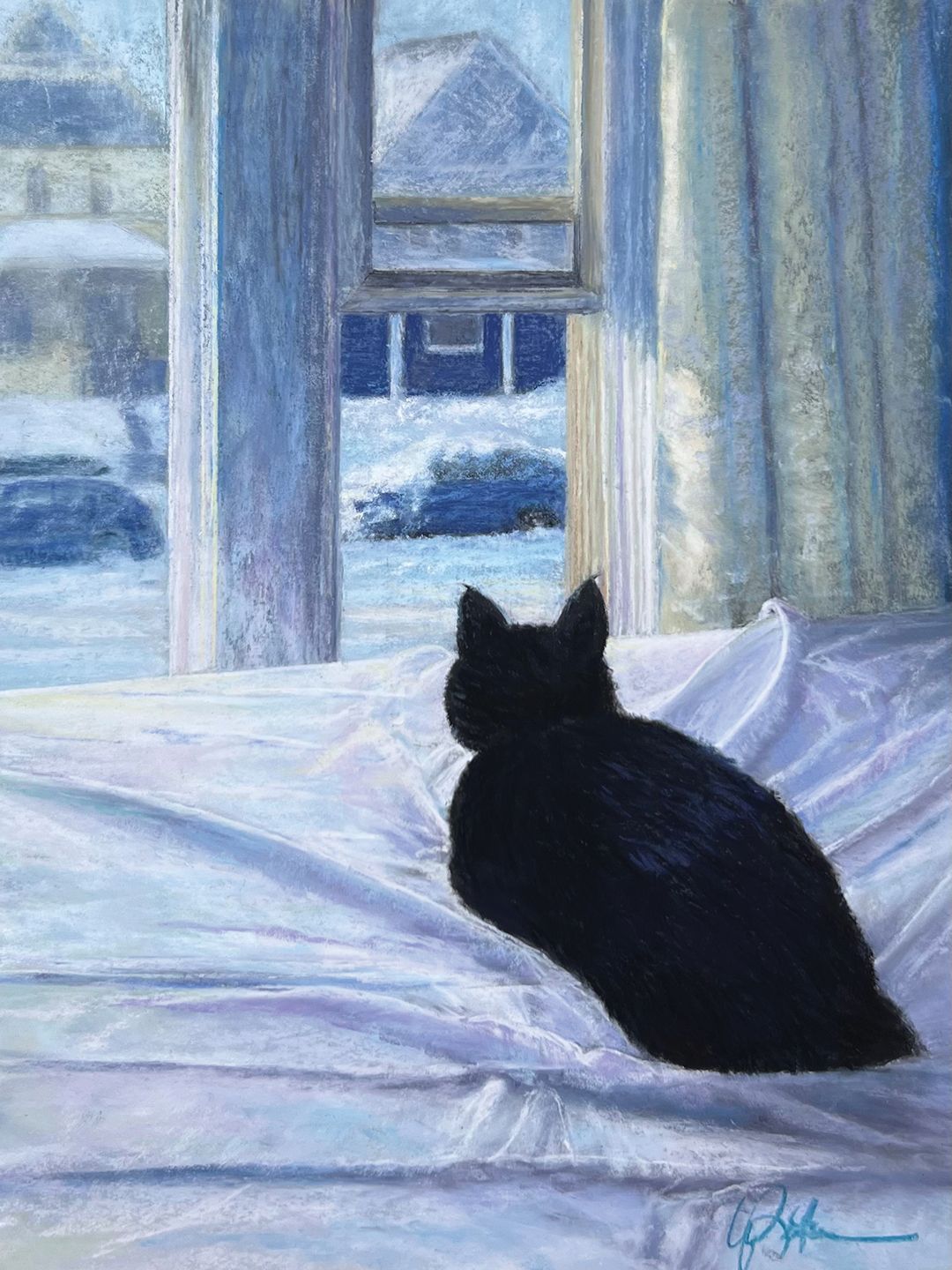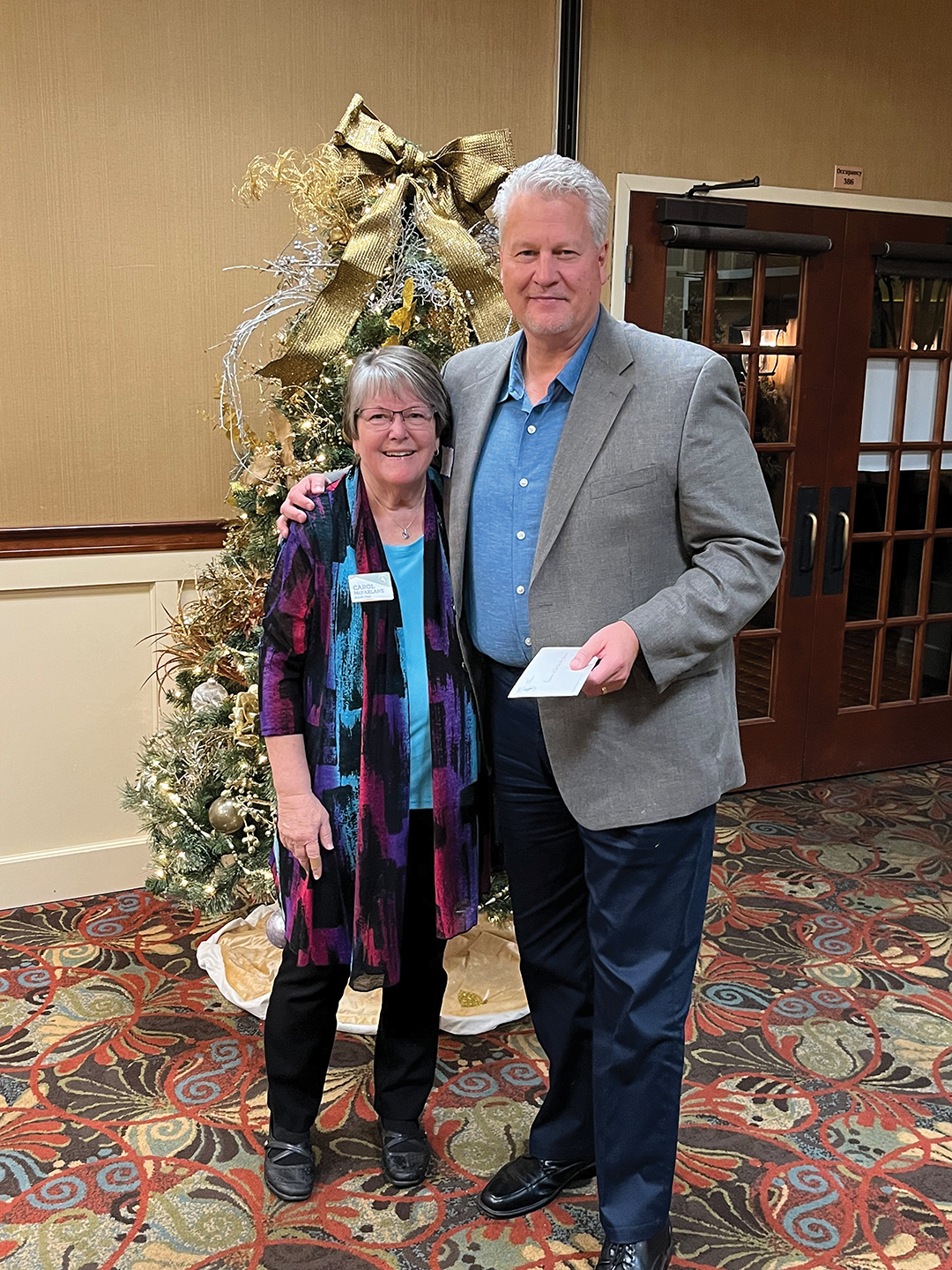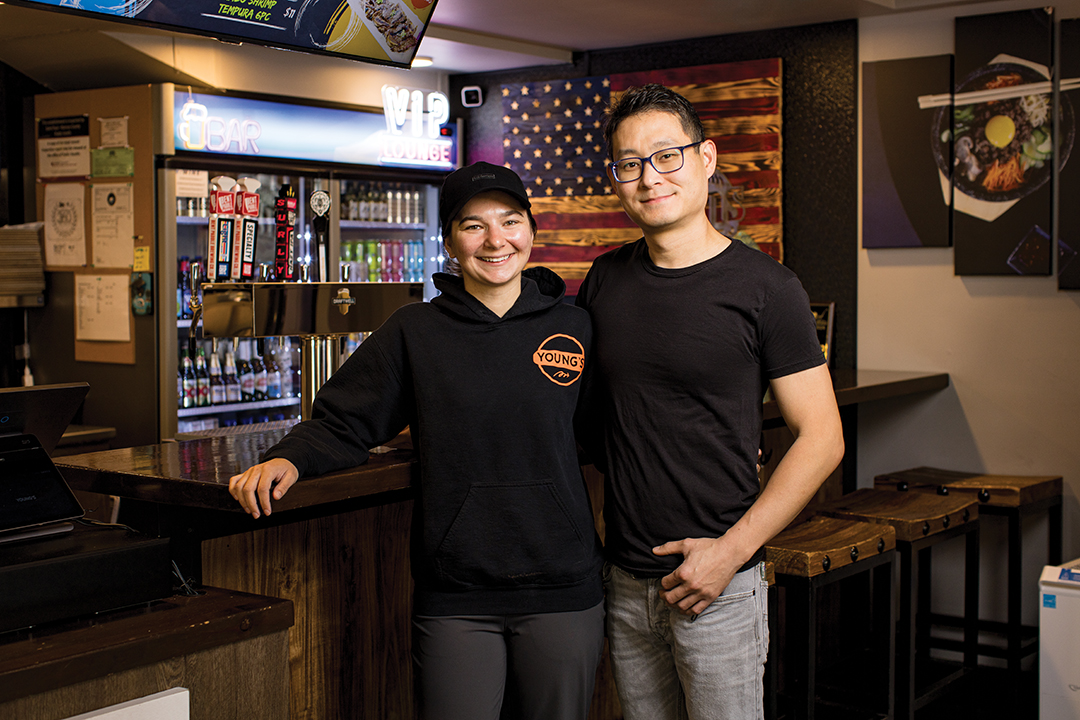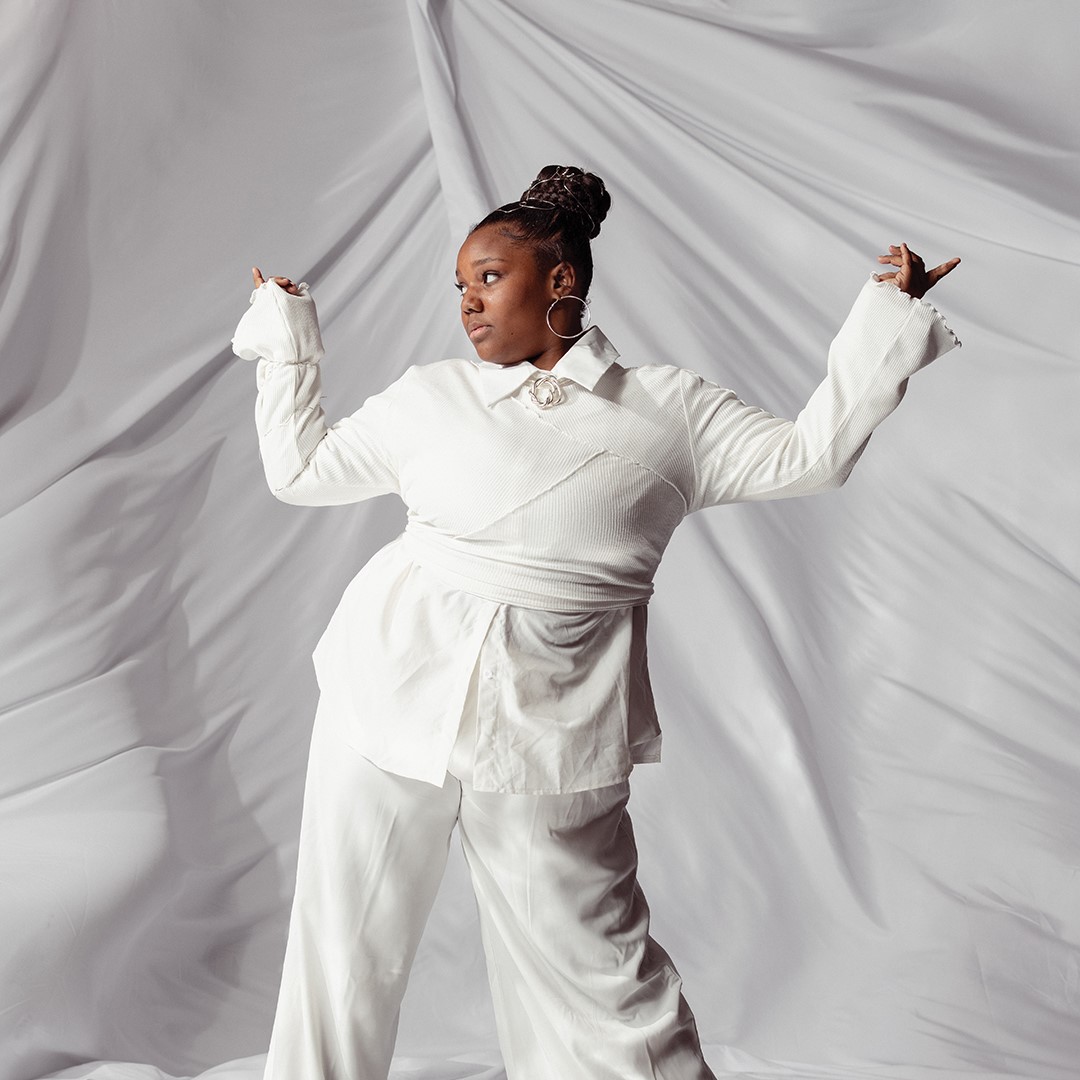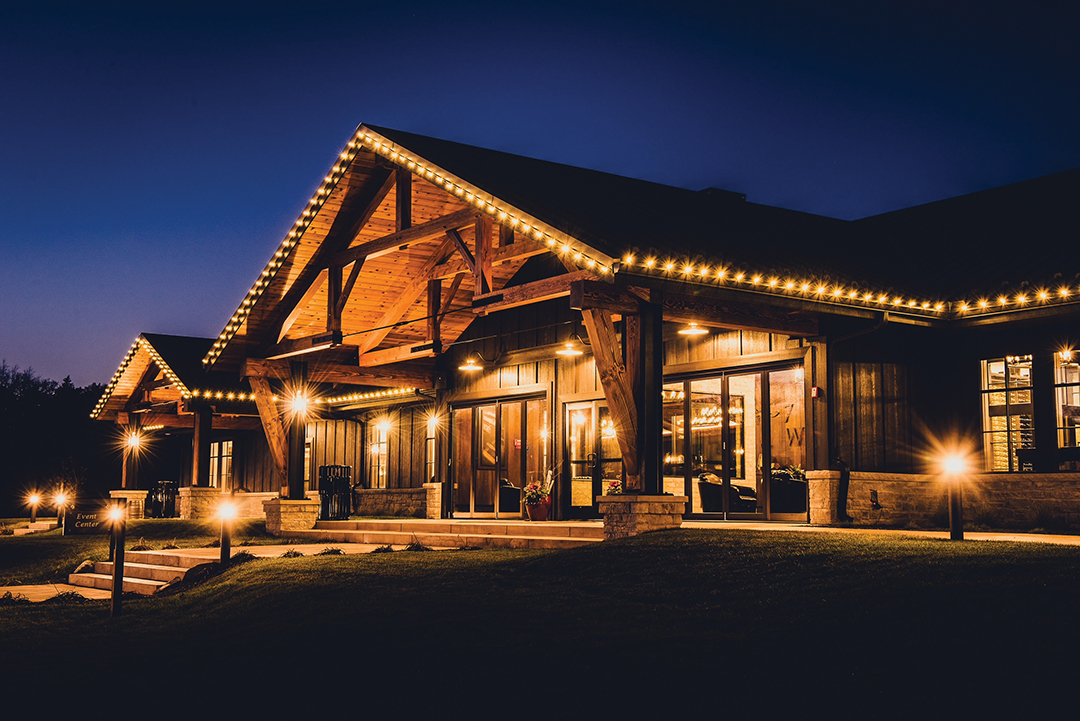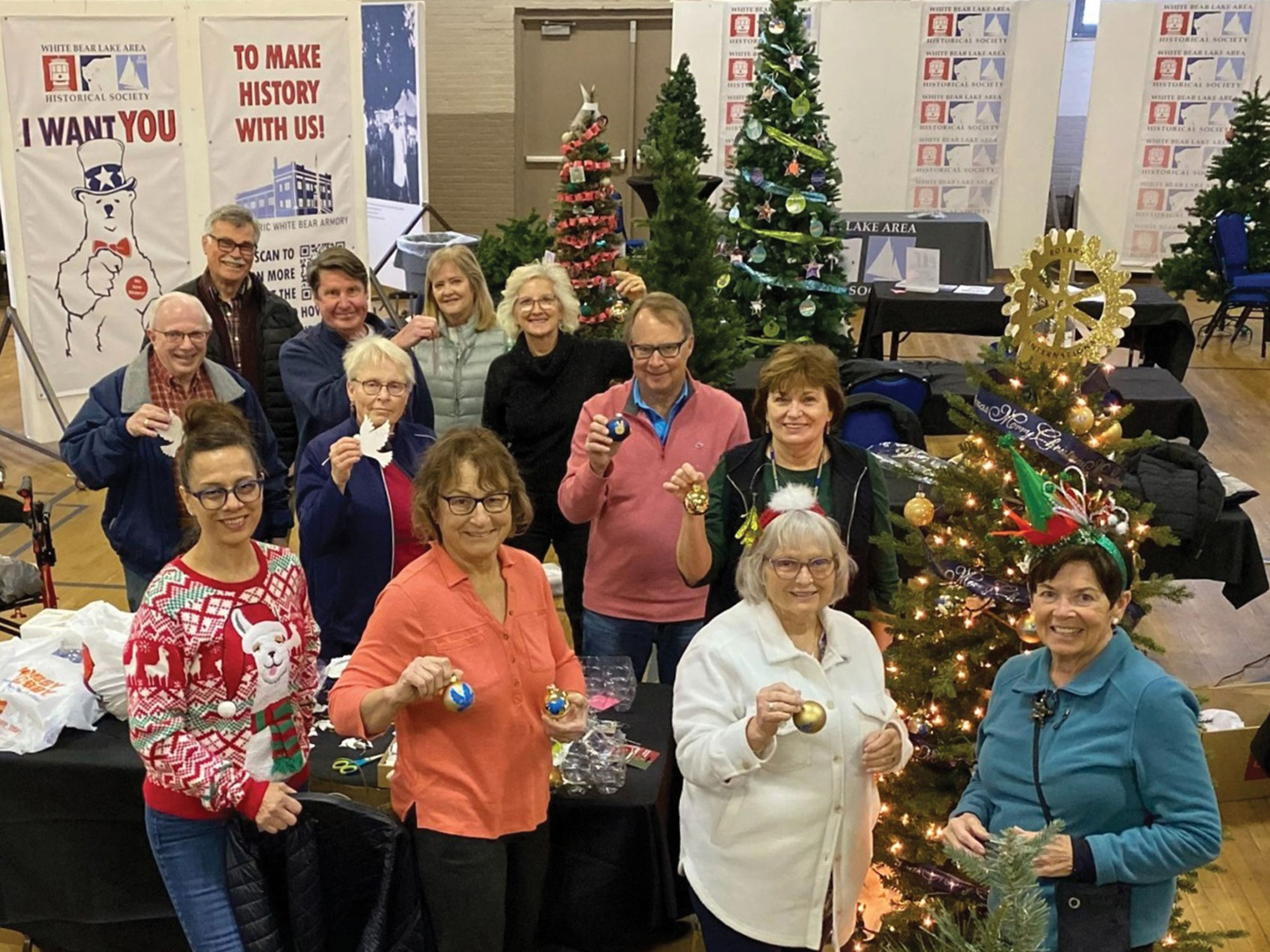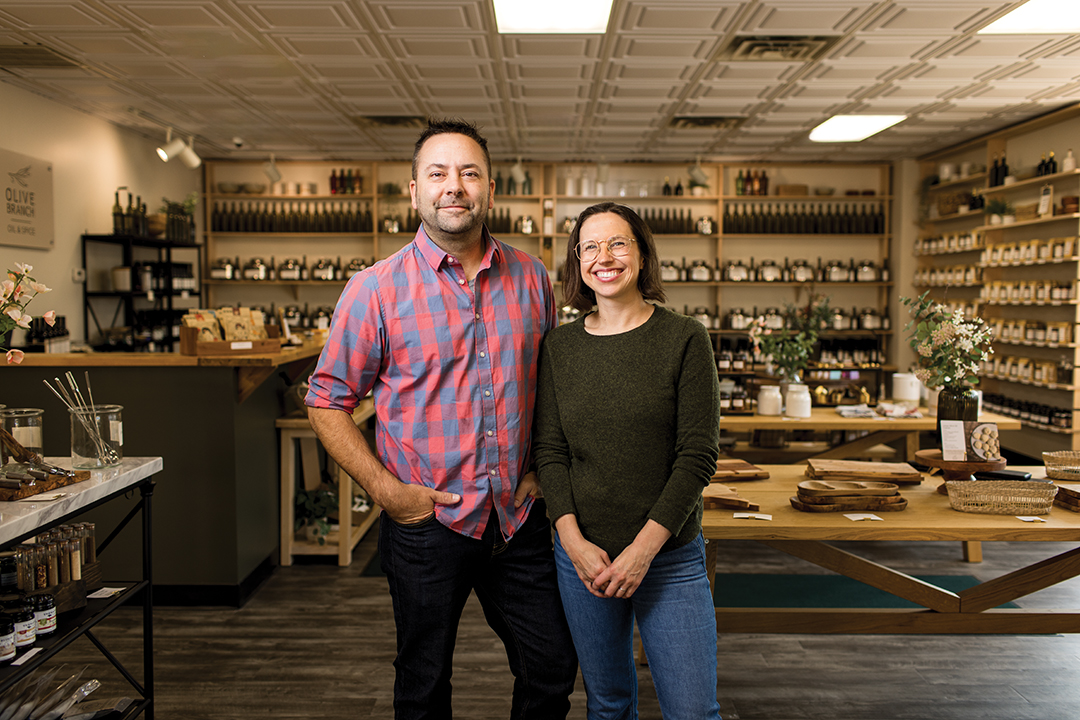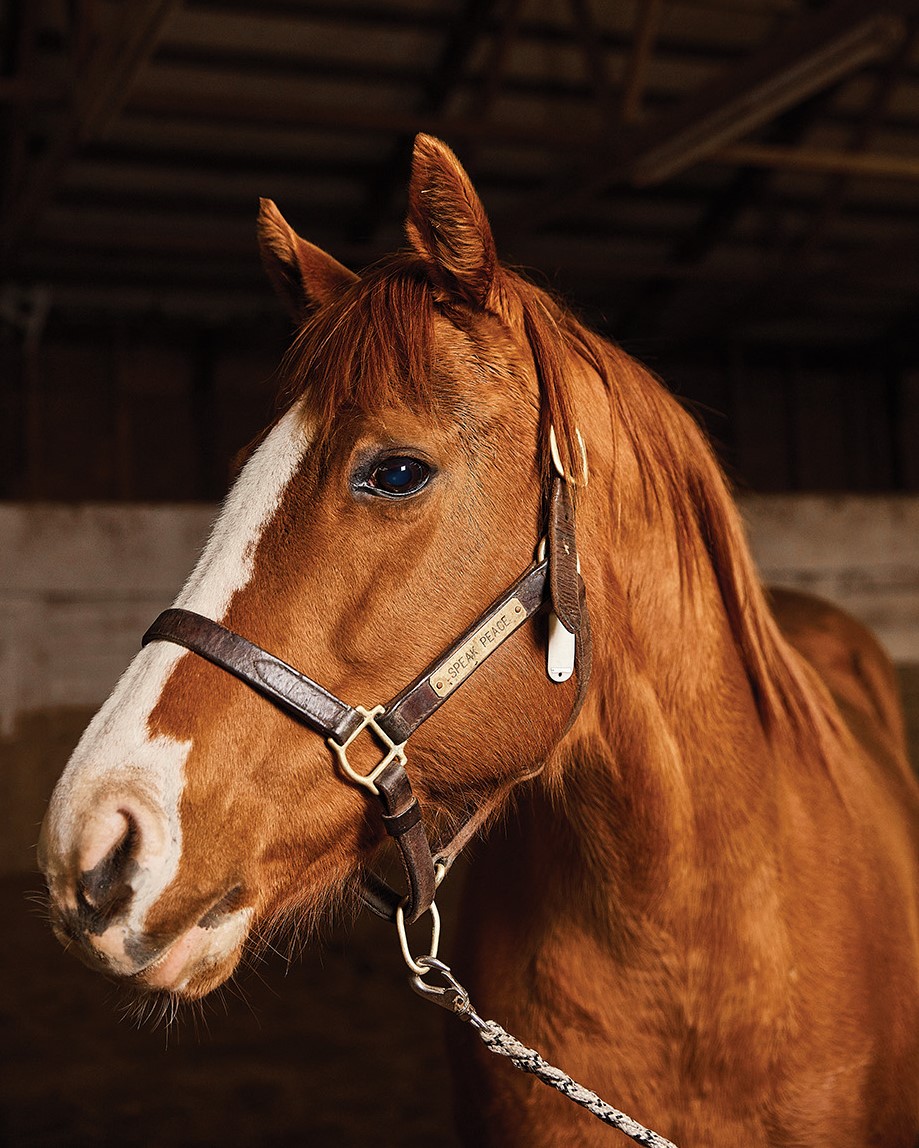
Photos: Chris Emeott
This Old Horse offers racehorses a home, purpose in retirement.
Most professional athletes retire before they hit 30. For thoroughbred racehorses, the average retirement age is closer to 4. And while you’ll find former athletes in less physically taxing roles post-retirement, the fiercely trained bodies and minds of racehorses have much to offer in a second career. A successful racehorse can bring value to new owners in retirement through work in jumping, dressage, fox hunting, ranching, trail riding, breeding or as companions. That is, if they’re given the chance.
“Many equine athletes are sold to new owners, but about 13.5 percent are rehomed by nonprofit organizations,” says Nancy Turner, founder and president of This Old Horse. Some are sold to slaughter; and public pressure about post-race treatment of these highly intelligent creatures has pushed the racing industry to adopt no-kill policies and seek to prevent owners from ending a thoroughbred’s life after retirement. It’s a policy that local racetracks Canterbury Park in Shakopee and Running Aces in Columbus have adopted as well.
You can think of Turner and her Hugo-based program Racehorse Reimagined, as advocates for retired racehorses. “We take off-track horses, most are thoroughbreds, and rehab, retrain and when we can, rehome them,” Turner says. “Most [horses] want to keep working. They need something to do with all of their energy, so we find the right fit that engages their mind and body for as long as they live, some more than 30 years.”
This Old Horse is a private, volunteer-based nonprofit founded in 2012 with a mission to support and serve horses “from hardship to healing, from career to retirement” through 12 programs and 13 farms across the Greater Twin Cities Metro Area.
“We give horses a safe harbor for life where they may age in place or move on to an honored and respected new home in a new working role or as a loving companion,” Turner says.
Phoenix Farm opened in Hugo in 2020, with a goal to specifically work with off-track racehorses. In collaboration with the Minnesota racehorse industry, the program Racehorse Reimagined now makes its home on the old Mel-O-Dee Stables on Elmcrest Avenue. The property has been a full-service equine facility, offering boarding and riding for nearly half a century, until former owner Donna Meline passed away in March of 2020.
Turner grew up working at a barn, though she says she couldn’t afford to own a horse until 2006 when she turned 50 and purchased her “beloved off-track thoroughbred,” something she did after she began volunteering. It was an experience that stuck with her and turned her love for horses into an ambition. “I volunteered at a therapy horse barn. I felt an embarrassment of riches. We bought our own horse farm in 2008,” Turner says. “These retired horses let me take care of them; they made an impact on my whole family.”
Experienced in caretaking through her career and inspired by reruns of This Old House, Turner wrote a business plan and “made a wish on every star,” outlining her hopes and the housing, nutrition and healthcare required to care for the retired horses.
“People love those houses because they’re crooked and old,” Turner says. “I took that idea and applied it to retiring horses. We love how they’ve served, their history, their gray hair and creaky joints.”
She decided a community of volunteers was what it would take to create a welcoming place and, as she says, “the horses would do the rest.” Since then, more than 3,000 volunteers have helped support her programs: cleaning stables, feeding and exercising horses and serving as ambassadors at equine events around the state, including at Canterbury Park where they bring retired racehorses to demonstrate the racing industry’s commitment to aftercare and to help raise funds for the nonprofit.
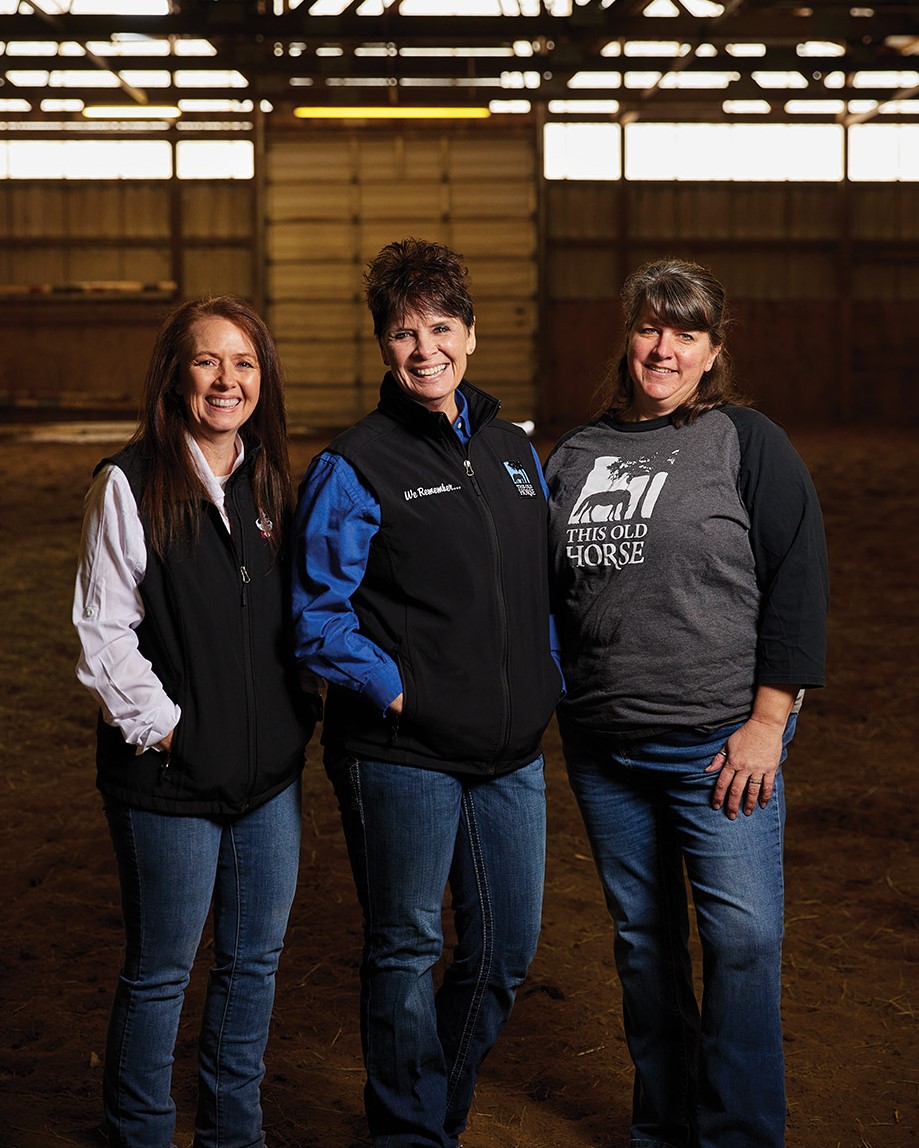
Karrie Cable, Nancy Turner and Brenda Teter
“Horses need to eat,” says Brenda Teter, operations director at This Old Horse and program director at This Little Horse, one of the organization’s programs that is focused on miniature horses. “We’re a nonprofit. Our barn managers are paid staff, but every other job is done by volunteers.”
The organization has an annual budget of just over $1.1 million to operate its facilities, purchase feed and pay for veterinary costs. Some of its funding comes from grants, racing industry support, charity partners, recurring donations, and sponsorship programs. “We have one recurring donor who lives in the Chicago area. He donates to This Old Horse and sponsors six horses, one for each of his grandchildren and one for himself,” says Turner. Though the sponsor had never owned his own horses, supporting the nonprofit became a way for him to create memories with his grandchildren. They visit the farm from time to time, and he’s even taken riding lessons.
Most rewarding, Turner says, is how these horses embrace their new life once they’ve come to the farm. Karrie Cable is the Racehorse Reimagined coordinator and owner of Yankee, one of the farm’s residents. “Yankee is a retired pacer [a form of harness racing]. After we lost our first horse, our son, who is autistic, became introspective and quiet. This horse has brought him out of that place. He is so connected and engaged. They have a very special bond,” Cable says.
As a nationally accredited and awarded program for its work in equine adoption and sanctuary care, Racehorse Reimagined placement teams follow a horse and adopter for the rest of the animal’s life to ensure all are supported on their postrace journey. Cable recalls an experience with a recent adopter. “Seeing her light up, giving the horse a job, knowing it will go to a good home makes me happy for all involved,” she says.
Rescue work is emotional, explains Turner, as she shares the story of one young rescue whose owners were planning to send her to slaughter. “We didn’t know she was pregnant,” Turner says. “At the same time, students from the University of River Falls-Wisconsin equine program approached us to see if we had any pregnant mares to take part in their maternal recognition education program. We sent that mare to their program; they foaled the baby, and both came back here. We named the baby Magic, and she was adopted by a loving person as a support animal.”
Of all of her rescues, Turner says, “When I see a hardship case come off the trailer, where the horse has no trust in humans, I see in that moment what the horse will look like in 90 days. I know with my entire being the last thing they will ever know is the love of this community.”
Off to the Races
Each sport has its main event. For horse racing, that’s the Triple Crown. A series of three races at three legendary venues, the Triple Crown brings 3-year-old thoroughbreds into the spotlight. The Triple Crown begins with the 149th running of the prestigious Kentucky Derby on May 6, then on to the Preakness Stakes on May 20 and the Belmont Stakes on June 10. Hint: There’s never been a better time for a mint julep!
This Little Horse
There’s no denying miniature horses are adorable. They’re 3 feet tall (or shorter), can live to be 35 years old and don’t need as much space or food as their full-sized counterparts. They are often kept as companion animals, are great competitors and can also work in therapy roles thanks to their gentle, interactive and intuitive nature.
Also, their cuteness factor makes them tremendous program ambassadors, who easily fit in a minivan. “We bring our minis [horses] out to events and memory care facilities to do therapy work and to help raise awareness about rescue and rehoming horses with our programs,” Teter says. “We’ve actually had to call the sheriff twice because one of the minis accidentally pressed the lock button on the door of our minivan, and we couldn’t get in.”
Like its partner program, This Old Horse, This Little Horse supports horses and ponies in transition. The accredited, nonprofit program based in Hastings offers literacy, socialization and goodwill visits to people in schools, libraries, daycares and long-term facilities. Though they don’t get too far once they arrive, miniature horses are quite the attraction.
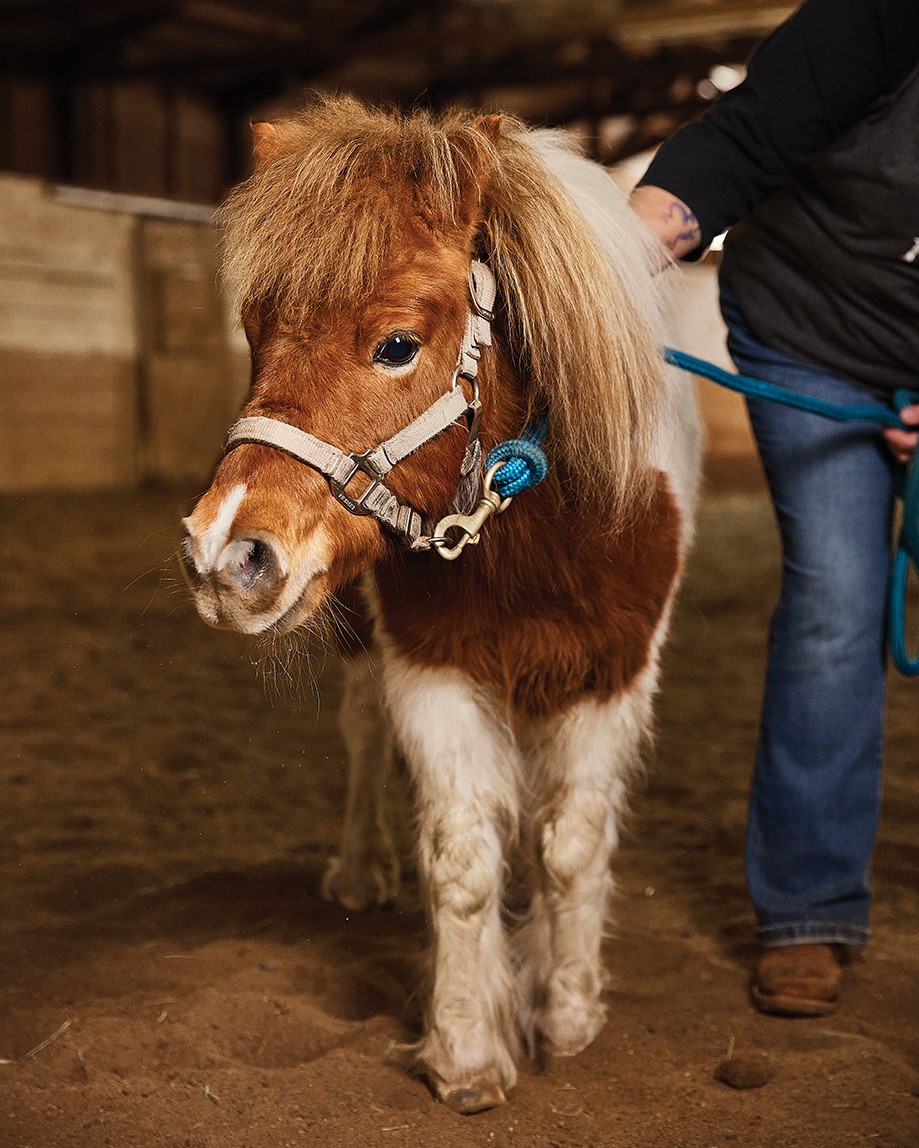
By the numbers for Kentucky Derby, aka Run for the Roses
3 – the age of the racing thoroughbreds
1875 – the year the first Kentucky Derby took place
2 – minute race
20 – competing horses
120,000 – mint juleps served over the weekend
40 – pounds of red roses on the winner’s garland
37 – miles per hour, average pace of the racing horses
Racehorse Reimagined
Facebook: Racehorse Reimagined
Instagram: @racehorse_reimagined

